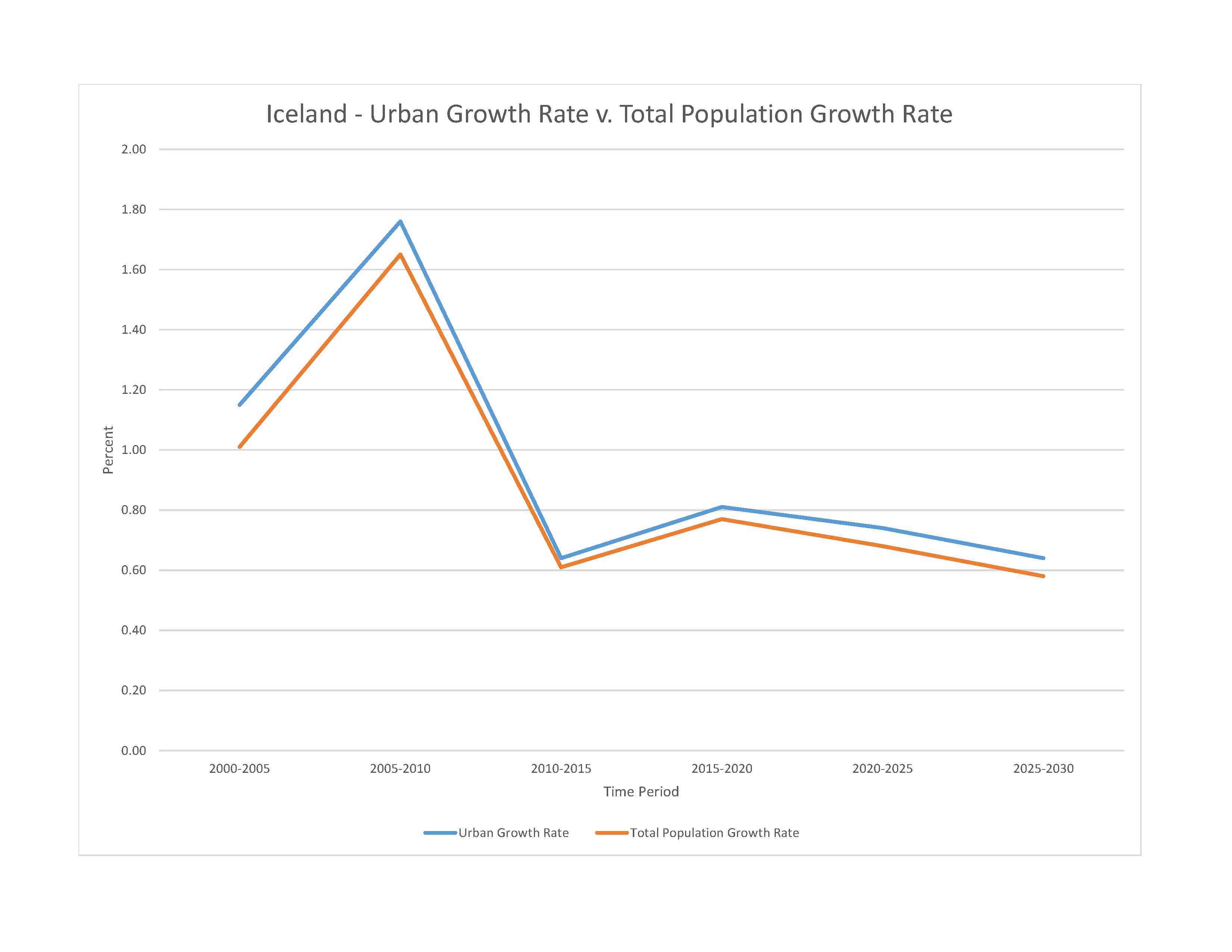
360,872 (2023 est.)
noun: Icelander(s)
adjective: Icelandic
Icelandic 81.3%, Polish 5.6%, Danish 1%, other 12.1% (2021 est.)
note: data represent population by country of birth
Icelandic, English, Nordic languages, German
Evangelical Lutheran Church of Iceland (official) 62.3%, Roman Catholic 4%, Independent Congregation of Reykjavik 2.7%, Independent Congregation of Hafnarfjordur 2%, pagan worship 1.4%, Icelandic Ethical Humanist Association 1.1%, other (includes Zuist and Pentecostal) or unspecified 19%, none 7.6% (2021 est.)
Iceland is one of the most gender-equal countries in the world. Its welfare policies enable both men and women to balance work and family life. Iceland lagged its Nordic neighbors in introducing new childcare policies, and even when they did in the 1990s, parents still faced a childcare gap between the paid parental leave period and the start of pre-school. The female labor participation rate continued to grow from the 1960s to the 2000s, as women’s educational attainment increased. Icelanders are marrying later, if they marry at all, and people are having children later. The interval between births has decreased. Non-marital cohabitation and childbearing outside of marriage are common. Approximately 2 out of 3 children are born out of wedlock, which is among the highest in Europe. Iceland’s total fertility rate (TFR) has been fairly stable, hovering around replacement level (2.1 children per woman), for decades – a rate higher even than its Nordic neighbors.
Iceland has fluctuated over time between being a country of net emigration and one of net immigration. Most Icelandic emigrants return to their native country after a few years. From 1960 to 1996, Iceland registered a net outflow, followed by a net inflow until the 2008 banking crisis. During and after the crisis, more Icelanders left the country than immigrated to it. Following the crisis, Iceland returned to being a country of net immigration. In 2017, the country’s foreign-born population accounted for 11% of the population and 17% had an immigrant background. The countries of origin have become more diverse over time, with Polish immigrants composing the largest share in 2017. Foreigners acquiring Icelandic citizenship must have a basic comprehension of the Icelandic language. The requirement that new citizens modify or change their names to be more Icelandic was dropped in 1996. The most popular emigration destination was Sweden, followed by Denmark and Norway in 2021.
0-14 years: 19.98% (male 36,771/female 35,314)
15-64 years: 63.39% (male 115,547/female 113,212)
65 years and over: 16.63% (2023 est.) (male 28,410/female 31,618)
total dependency ratio: 50.5
youth dependency ratio: 28
elderly dependency ratio: 22.5
potential support ratio: 4.5 (2021 est.)
total: 37.8 years (2023 est.)
male: 37.2 years
female: 38.4 years
0.89% (2023 est.)
12.8 births/1,000 population (2023 est.)
6.6 deaths/1,000 population (2023 est.)
2.7 migrant(s)/1,000 population (2023 est.)
Iceland is almost entirely urban with half of the population located in and around the capital of Reykjavik; smaller clusters are primarily found along the coast in the north and west
urban population: 94% of total population (2023)
rate of urbanization: 0.74% annual rate of change (2020-25 est.)

216,000 REYKJAVIK (capital) (2018)
at birth: 1.05 male(s)/female
0-14 years: 1.04 male(s)/female
15-64 years: 1.02 male(s)/female
65 years and over: 0.9 male(s)/female
total population: 1 male(s)/female (2023 est.)
28.7 years (2020 est.)
3 deaths/100,000 live births (2020 est.)
total: 1.6 deaths/1,000 live births (2023 est.)
male: 1.8 deaths/1,000 live births
female: 1.4 deaths/1,000 live births
total population: 83.8 years (2023 est.)
male: 81.6 years
female: 86.2 years
1.95 children born/woman (2023 est.)
0.95 (2023 est.)
N/A
improved: urban: 100% of population
rural: 100% of population
total: 100% of population
unimproved: urban: 0% of population
rural: 0% of population
total: 0% of population (2020 est.)
9.6% of GDP (2020)
4.14 physicians/1,000 population (2019)
2.8 beds/1,000 population (2019)
improved: urban: 100% of population
rural: 100% of population
total: 100% of population
unimproved: urban: 0% of population
rural: 0% of population
total: 0% of population (2020 est.)
21.9% (2016)
total: 7.72 liters of pure alcohol (2019 est.)
beer: 4.39 liters of pure alcohol (2019 est.)
wine: 2.11 liters of pure alcohol (2019 est.)
spirits: 1.22 liters of pure alcohol (2019 est.)
other alcohols: 0 liters of pure alcohol (2019 est.)
total: 12% (2020 est.)
male: 11.9% (2020 est.)
female: 12% (2020 est.)
N/A
45.1% (2023 est.)
7.7% of GDP (2020 est.)
total population: NA
male: NA
female: NA
total: 19 years
male: 18 years
female: 21 years (2020)
NOTE: The information regarding Iceland on this page is re-published from the 2024 World Fact Book of the United States Central Intelligence Agency and other sources. No claims are made regarding the accuracy of Iceland 2024 information contained here. All suggestions for corrections of any errors about Iceland 2024 should be addressed to the CIA or the source cited on each page.
This page was last modified 04 May 24, Copyright © 2024 ITA all rights reserved.